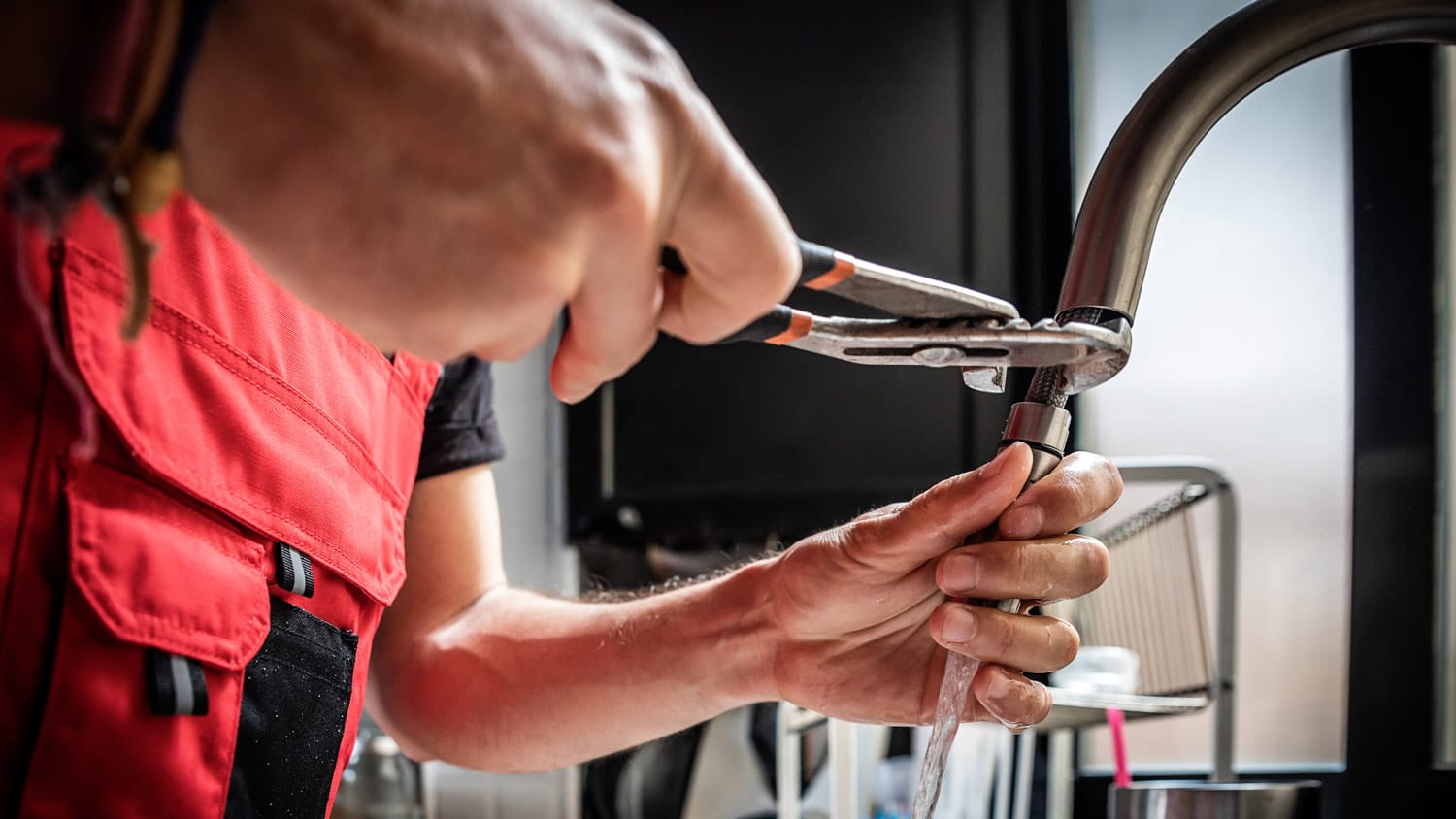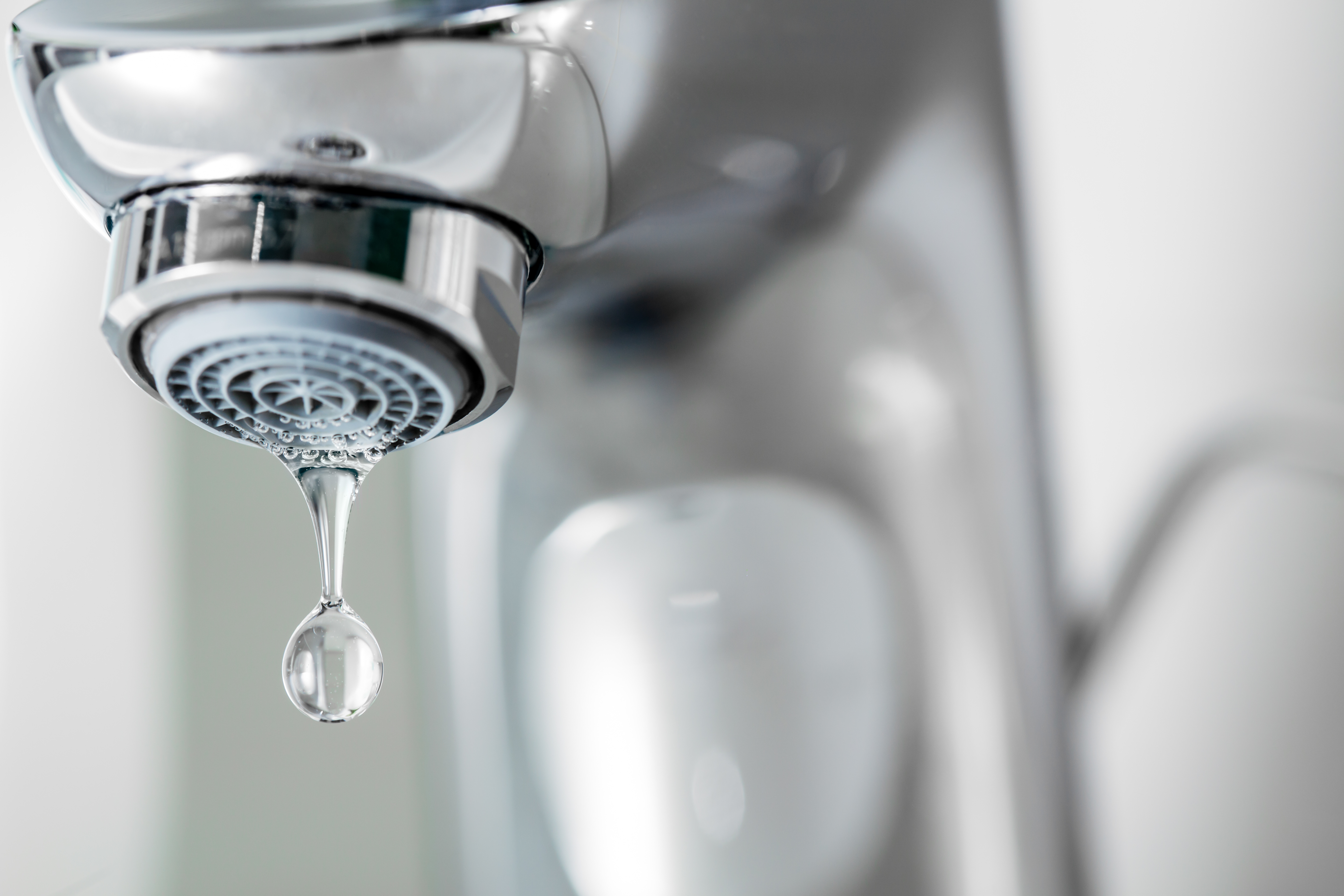Understanding the Impacts of Continuous Damaged
Understanding the Impacts of Continuous Damaged
Blog Article
Have you been trying to find answers concerning Health Risks Posed by Leaking Faucets?

Intro
A dripping faucet may appear like a small inconvenience, but its repercussions expand far past the periodic drip. Understanding the impacts of a leaking faucet is crucial for both property owners and the environment. In this article, we'll discover the numerous influences of this typical house issue and why resolving it quickly is essential.
Root Causes Of Leaky Faucets
Leaky faucets can arise from a selection of elements, including deterioration, high water stress, and corrosion. In time, the continuous use of taps can result in worn-out seals and gaskets, creating leaks to establish. Additionally, extreme water stress can place stress on plumbing components, bring about leakages. Rust and rust can also damage tap components, making them vulnerable to leakage.
Water Wastefulness
Among the most substantial consequences of a dripping faucet is water waste. Even a tiny drip can add up to gallons of wasted water with time. This not only drives up water costs yet likewise adds to water scarcity and ecological degradation. Addressing leaky faucets immediately is important for saving this precious source and lessening its influence on the earth.
Financial Impact
In addition to drainage, leaking faucets can additionally have a considerable monetary influence. Enhanced water bills are a straight repercussion of water wastage, costing property owners hundreds of bucks each year. Moreover, the expense of repairing water damage brought on by leaks can be considerable, especially if left ignored for a prolonged duration.
Ecological Impact
The environmental effect of leaky taps extends beyond water waste. By preserving water, home owners can contribute to wider efforts to minimize water shortage and safeguard all-natural ecosystems. Sustainable choices such as rain harvesting and water-efficient fixtures can even more reduce the ecological impact of house water use.
Technical Solutions
Improvements in innovation have brought about the development of smart taps and water-saving tools that assist lessen water wastefulness. Smart taps utilize sensing units to detect movement and change water circulation appropriately, lowering waste without compromising ease. Water-saving tools such as aerators and low-flow showerheads are likewise efficient in conserving water without endangering efficiency.
Worldwide Perspectives
While leaking faucets may seem like a localized problem, they add to broader international difficulties such as water scarcity and environment change. In areas currently facing water tension, every drop counts, making leak prevention and fixing necessary. By taking on water-saving practices and buying lasting modern technologies, home owners can play their part in addressing these pressing international concerns.
Regulatory Measures
Government policies play an important duty in reducing the impact of leaky faucets and advertising water preservation. From constructing codes that require water-efficient components to water-saving incentives and refunds, policymakers have a series of devices at their disposal. By applying and enforcing these guidelines, federal governments can make certain that house owners focus on water conservation in their day-to-days live.
Neighborhood Effect
Resolving leaking faucets calls for cumulative efforts at the neighborhood degree. By increasing recognition about the importance of water conservation and giving sources for leakage detection and repair work, neighborhood authorities can equip property owners to take action. Initiatives such as water-saving refund programs and leak detection campaigns can incentivize habits modification and advertise accountable water usage.
Case Studies
Real-life instances of the impact of leaky taps highlight the relevance of aggressive upkeep and prompt repair services. From water damage to increasing water costs, the repercussions of neglecting leaks can be serious. By sharing these case studies, homeowners can better understand the significance of dealing with leaky taps quickly.
Educational Campaigns
Educational projects play a critical role in increasing recognition about the effects of leaking faucets and advertising water conservation practices. Via workshops, workshops, and on-line sources, homeowners can discover exactly how to detect and repair leakages themselves. By equipping people with understanding and tools, instructional campaigns can cultivate a society of accountable water usage within communities.
Health Issues
Dripping faucets can produce favorable environments for mold and mildew and mold growth, posing health threats to passengers. The presence of mold and mildew can exacerbate respiratory concerns and allergic reactions, specifically in susceptible people. Additionally, water damages resulting from leakages can jeopardize the architectural integrity of buildings and lead to costly repair work.
Do it yourself vs. Specialist Repair
When faced with a leaking faucet, homeowners frequently debate whether to attempt repair work themselves or hire a professional plumber. While DIY repairs can conserve cash, they might not always attend to the underlying problem efficiently. Specialist plumbers have the knowledge and equipment to detect and deal with leakages properly, ensuring long-term options and satisfaction for homeowners.
Safety nets
Stopping leaking taps calls for routine upkeep and proactive procedures. Basic tasks such as replacing damaged washers and seals can avoid leakages from developing. In addition, upgrading to high-quality fixtures and lowering water stress can help lengthen the lifespan of taps and decrease the danger of leakages.
Verdict
To conclude, the impacts of a dripping tap prolong much beyond the occasional drip. From water wastage and increased water costs to health and wellness concerns and ecological effect, the consequences of disregarding leakages can be significant. By resolving leaky taps quickly and adopting water-saving techniques, home owners can mitigate these results and contribute to an extra lasting future.
Why You Shouldn’t Ignore a Leaky Faucet in Your Home
What Causes a Leaky Faucet?
Various factors can cause a leak, from loose and worn-out parts to corrosion. Your faucet has four essential components from which most plumbing issues will stem: the O-ring, the valve seat, the washer and the gasket.
What Is an O-Ring?
The O-ring is a stem screw that fastens parts of the faucet in place, preventing water from leaking out of the spout. Depending on your faucet type, the stem might have multiple O-rings. Water will drip from the faucet’s handles and base if this part breaks or deteriorates.
What Is a Valve Seat?
The valve seat controls the flow and temperature of the water. Found at the base of the handle, it works as a seal for the faucet’s stem. The valve seat ensures the water is allowed to flow or is blocked as the handles dictate. You’ll know it’s malfunctioning when water leaks from your faucet’s sides.
What Is a Gasket?
The gasket is found between the water inlet and the valve stem. It creates a seal between the faucet and the sink, holding its joints by aerators attached to the stem’s head. Water will trickle out from the base if the gasket isn’t working.
What Is a Washer?
The washer secures the handles and prevents leakage, serving a similar purpose to the O-ring. While the O-ring is ordinarily round and made from an elastic material, such as rubber, the washer is square-shaped and composed of brass, copper and other hard metals. If it malfunctions, corrodes or has been improperly installed, water will leak out of the handles, causing that incessant faucet drip.
Why Is a Leaky Faucet Dangerous?
A leaky faucet left alone for too long can have significant consequences.
Pest Infestations
Since bugs and rodents gravitate towards the scent of water, a leaky faucet will draw pests to your sink. Both are looking for leaks accessible through crawl spaces, which a faucet provides. If you leave water dripping for too long, you run the risk of an infestation.
Rust
If one of the faucet parts has started to corrode, the resulting rust can spread to your pipes and valves with startling speed. The rust might even lead to cracks or other impairments, resulting in more severe plumbing issues.
Your sink could also sustain damage from a leaky faucet. The water in your tap possesses sparse elements of calcium and iron that can stain your sink with repeated and prolonged exposure. Once those elements in the water have been open to the air for some time, your sink will start to rust, creating marks that can be difficult to remove.
https://www.tomsmechanical.com/blog/why-you-shouldnt-ignore-a-leaky-faucet-in-your-home

I have been very taken with Causes and Consequences of a Leaky Faucet and I hope you enjoyed the entire page. Do you know about someone else who is involved in the niche? Be sure share it. We treasure reading our article about .
Report this page